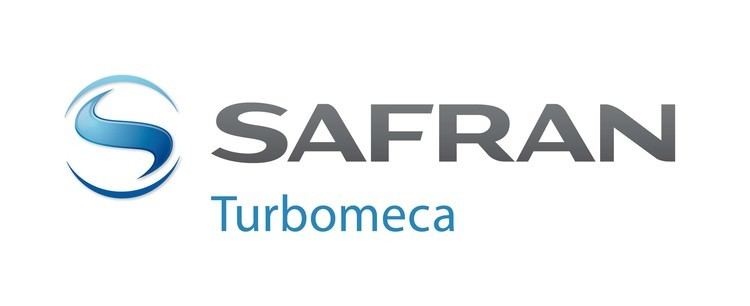Type Private Revenue € 870 million (2006) CEO Bruno Even (15 Jun 2015–) Founded 1938 Parent organizations Safran, Snecma | Industry Aerospace & Defence Website www.turbomeca.com Founder Joseph Szydlowski Number of employees 5,178 | |
 | ||
Products Turboshaft and jet engines Headquarters Bordes, Pyrénées-Atlantiques, France Subsidiaries Microturbo SA, Rolls-Royce Turbomeca Limited | ||
Turbomeca astazou iia startup
Turbomeca or Safran Helicopter Engines is a French manufacturer of low- and medium-power gas turbine turboshaft engines for helicopters. The company also produces gas turbine engines for aircraft and missiles, as well as turbines for land, industrial and marine applications. SNECMA Group acquired the company in September 2001.
Contents
- Turbomeca astazou iia startup
- Bell chooses turbomeca s arrius 2r
- History
- Turbopropsturboshafts
- Turbojets
- Turbofans
- Joint projects
- Engines of Microturbo subsidiary
- References
Bell chooses turbomeca s arrius 2r
History
Turbomeca was founded on August 29, 1938 by Joseph Szydlowski and André Planiol following the granting of their patent application for a supercharger in 1937. Hispano-Suiza ordered a demonstrator to equip its 12 Y engine, used among others on the MS 405 C1.
Turbomeca changed rapidly from an artisanal production to an industrial one benefiting from the politics of re-armament. This is shown by the production figures of the following three years: 18 compressor in 1938, 300 in 1939 and 1200 in 1940. Although the factory at Mézières-sur-Seine was only really operational in June 1940, the government advised the move to the south of France due to the German advance. That month Turbomeca relocated to a newly requisitioned workshop in Saint-Pé-de-Bigorre near the Hispano-Suiza engine factory in Tarbes. The buildings were found to be too small and in 1941 a site was bought in Bordes near Pau. Turbomeca progressively moved into this site between the autumn of 1941 and June 1942. In November 1942, Szydlowski fled to Switzerland. Between October 1942 and 1944, the production stalled and the workforce dropped from about 300 to about 50.
From 1950, Turbomeca produced the tiny centrifugal flow Palas turbojet, producing 1.6 kN (353 lbf). The Palas was also produced by Blackburn and General Aircraft in the UK and Continental in the USA. From 1957, it manufactured the Bastan turboprop for the Aérospatiale N 262 airliner. Blackburn had a licence for producing other Turbomeca designs.
Rolls-Royce Turbomeca Limited was established in 1968 to develop the Adour jet engine for the Anglo-French SEPECAT Jaguar. The company went on to develop the RTM322 turboshaft, which powers Westland WAH-64, and some models of the AgustaWestland EH101 and NHI NH90.
In 2001 Turbomeca and Rolls-Royce won a $1 billion USD contract to equip 399 German, French and Dutch NH90 helicopters with their RTM322 engines.
As of 2012, Turbomeca turbines power civil, parapublic and defence helicopters for all the leading helicopter manufacturers (mainly Eurocopter, but also AgustaWestland, Sikorsky, Kamov, HAL, NHI).
Turboprops/turboshafts
Most Turbomeca engines bear the names of Pyreneean mountains.
